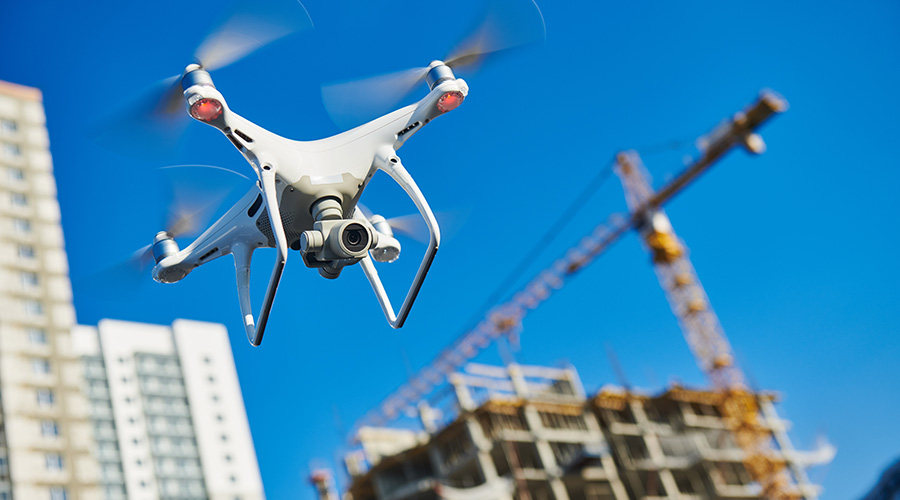Evaluating Fire Detection Options For Data Centers
A properly designed and selected fire detection and notification system is an essential component of the overall data center protection strategy. Aspects to consider when evaluating fire detection options include early initiation and response, as well as the interface with other systems such as suppression, ventilation shutdown, and early operator warning.
There are numerous detection approaches available for use within data centers to provide early warning of a fire. The inherent criticality and essential nature of the equipment in data centers will often dictate the detection approach. Detection strategies typically include spot-type smoke detectors, air-aspirating smoke detectors (e.g., smoke sampling chamber with a sampling tube network), or a combination thereof. As with any approach, there are advantages and disadvantages to these strategies. The data center design and stakeholder goals help to guide the detection design.
Spot-type smoke detectors are a very common smoke detection strategy used in data centers. They are often an inexpensive and simple solution. There are two primary forms of spot-type smoke detection: ionization-based detectors and photoelectric smoke detectors. Newer types of intelligent, spot-type detection technologies use built-in algorithms with multiple sensors or multi-criteria to adapt to their environment and minimize the likelihood of false alarms. These detectors often rely upon multiple analog sensors — such as smoke, heat, and carbon monoxide sensing elements — that are processed through proprietary algorithms. In many instances, intelligent multi-criteria detectors can respond faster than traditional type detectors while reducing false alarms. Due to their resistance to false alarms, intelligent multi-criteria detectors are becoming more and more popular in data center applications.
Cross-zoned smoke detection is typically the preferred strategy when utilizing spot-type detectors in data centers. This design relies upon the activation of two alarms before subsequent action, such as opening of a pre-action valve or clean agent discharge. A cross-zoned strategy minimizes the potential for an unwarranted discharge of a fire suppression system. The initial detector can provide a warning to operators and staff within the data center. The need for two separate detectors to activate, however, results in activation delay. This delay may compromise property protection and business continuity goals.
Air-aspirating or air-sampling detection is becoming increasingly popular in data center applications. This type of detection is known for its ability to detect a fire in its incipient stages and therefore provide earlier warning and faster response time than traditional detection. Similar to intelligent spot-type detectors, air-aspirating detection has the ability to detect a fire at differing smoke obscuration thresholds and can therefore provide multiple warning levels. For example, a very low obscuration threshold can be programmed to activate a pre-alarm signal, alerting staff to investigate and take action, if needed. If a higher obscuration is subsequently detected, suppression systems can be set to discharge.
Many data centers employ a pressurized raised floor to provide cold air to IT equipment and an above-ceiling area as a hot air return. Codes require detectors under the floor or above the ceiling where HVAC piping, electrical feeders, or IT cables are placed within these plenum spaces. Due to the potential for fires to originate within these spaces, detection is usually warranted within these areas.
Fire alarm systems need to be monitored. Monitoring alerts authorities of potential deadly fires but can also alert operators during the early incipient stage of a fire. For very small fires, such as an overheated wire, operators can quickly locate the incident and take action. Early intervention can significantly reduce the impact of the incident and may help eliminate downtime, depending on equipment redundancy.
Related Topics:














